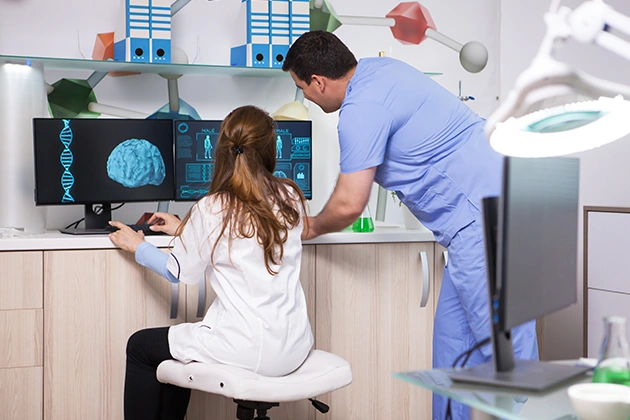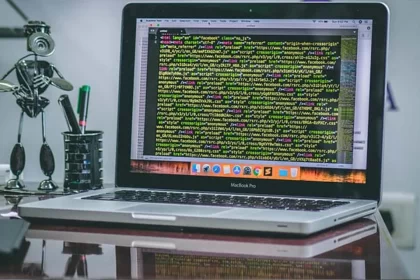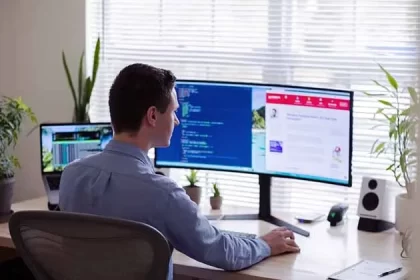Neurological treatment may be complicated and difficult to comprehend among patients. The processes of many neurological disorders are too complex and can hardly be represented in the form of conventional descriptions that include the brain and the nervous system. The solution that is offered by medical animation is to present these processes in a clear and interactive form. Through the 3D medical animation, patients are able to get a more tangible knowledge about their condition and the treatment options. This solution helps to overcome the barrier between the medical language and the understanding of the patient, making the process of learning more interesting.
The mechanism of action of the therapies is not always very easy to understand by the patients and it may cause confusion or even anxiety. Medical animation breaks down these concepts by visualization of the nervous system and impact of therapy. Patients are more prepared and ready to attend their treatment plan, to make better decisions and feel more confident to discuss with the healthcare providers. The knowledge of the science of therapy stimulates active engagement and compliance with prescribed interventions.
Improving Understanding of Treatment Techniques
A combination of medication, physical exercises and cognitive interventions is usually used as neurological therapy. All the treatments have varying effects on the nervous system and a verbal explanation of these effects can be cumbersome; 3D medical animations can depict these processes in a graphically convincing manner thus, patients will find it easier to understand how therapies affect neural pathways and brain activity. This imagery assists the patients to see the rationale of some exercises or medication.
Medical animation also enables the patient to see how the therapy is progressing. Patients are in a realistic position to see how the nervous system would react to interventions and they get a realistic understanding of the expected improvements. Such clarity can decrease the uncertainty level and give them the feeling of control over their course of treatment. This is possible because the ability to foresee the results assists patients to remain enthusiastic and dedicated to their treatment process.
Enhancing Communication Between Patients and Providers
Effective communication between the patients and healthcare providers is very essential in neurological therapy. Medical terminology is convincing and may be confusing as well since patients cannot grasp it easily and may become lost. Medical animation is a visual representation that helps to decipher the technical information into easy to understand content. The 3D medical animation can help the providers to illustrate the methods of therapy, brain activity, and treatment results in a manner that is more easily understood.
This method is also going to foster patient questioning and meaningful conversations regarding their care. The demonstration of a therapy will make clear the concepts that may be hard to explain. When patients comprehend the rationale behind them being treated in a certain way, they will more readily voice their concerns, give feedback, and actively cooperate with their health team. The communication level is also improved and contributes to increased trust and strengthening the patient-provider relationship.
Supporting Patient Education and Engagement
A neurological therapy is successful when it relies on patient education. The 3D medical animations can serve as a form of instruction that will attract visual and auditory learners because the traditional brochures or verbal instructions lack the dynamism of the neurological conditions and their treatment. Animations can be repeated after a patient to reinforce the knowledge, and this assists the patient in retaining information in the long run.
By watching medical animation, patients will have the strength to be more active in their management. Imagining the methods of therapy and its outcomes builds trust and eliminates fear toward the unknown methods of treatment. The well-informed patients concerning their condition and the process of therapy are more likely to comply with advice and achieve improvement. Visual media education is useful as an addition to traditional education and enhances patient engagement.
Facilitating Cognitive and Behavioral Therapy
Cognitive and behavioral therapy is frequent as a part of neurological therapy to enhance brainwork and everyday living ability. These processes can be abstractly understood without the need to visualize them. 3D medical animation is a concrete representation of how the brain is working and the pathways of the brain in particular exercises or behavioral techniques. The patients are able to observe the immediate consequences of the therapy, and this improves the understanding and motivation.
Visualization can also be used to enable patients to monitor their progress and identify some small improvements in mental or physical activity. With knowledge of how therapy activates neural connections, the patients will have increased chances of exercising regularly and applying behavioural methods to their everyday lives. The 3D medical animations promote the active process of learning, as they are interactive; in addition to that, 3D medical animations support the idea of practical implementation of the therapeutic techniques.
Conclusion
Learning about neurological therapy with the help of 3D medical animations is a highly beneficial solution to the patients. These visual aids make complicated medical data easier to understand and enhance interaction with healthcare professionals and promote treatment involvement. Through explaining how and why therapy works, medical animation will enable patients to make wise decisions and be actively involved in their treatment. The inclusion of visual learning in neurological therapy improves knowledge, creates confidence and eventually leads to improved patient outcomes in relation to dealing with neurological disorders.










